
Buy green tea? Discover organic matcha, Japanese and Chinese green tea
Japanese green tea versus Chinese green tea
Steaming or pan-firing green tea
Every type of tea, whether white, green or black, comes from the same plant, the camellia sinensis. So how do the different types and flavours arise? The type of tea is determined by the production process. Green tea, for example, is obtained by stopping the oxidation process of the tealeaves by steaming or pan-firing them. When the leaves are heated the enzymes that cause the leaves to colour are broken down.
Japanese green tea is made using steam – the tealeaves are steamed for between 20 seconds and two minutes. Chinese green tea, on the other hand, is not steamed but pan-fired.
When the oxidation process is not stopped by steam or firing, you get black tea. The Japanese steaming method still used to this day was created in 1738 by Sohen Nagatani, and his approach is called the Uji processing method. Thanks to this method the flavour of fresh tea is largely retained.
Different climates, soil types and growing conditions (such as the fact that there is less air pollution in Japan) all affect the plant. As a result, Japanese green tea varieties are greener because they are less exposed to lead present in polluted air and have higher antioxidant levels. But the biggest cause for the differences between Japanese green tea and Chinese green tea is the method of production. Japanese green tea is steamed to stop the fermentation process, while Chinese green tea is briefly heated in a pan to end that process. This results in a major difference in flavours. In Japan green tea is also shaded for certain periods before being harvested, and these are called shade-grown green teas such as Kabusecha Kagesakura, Shincha Harumi and Gyokuro Kimigayo. These teas are highly prized for their umami. Japanese green tea Chinese green tea Tealeaves are steamed Tealeaves are pan-fired Rolled into needle-shapes Rolled into a ball (gun powder), twisted (fanning), dried to become flakes (Soumi or Chunmi) or compressed into a brick (Pu-erh) The colour of the drawn tea is green (high chlorophyll content) The colour of the drawn tea is yellowish A ‘grassy’, ‘green’ flavour Tastes sweeter than Japanese green teaRead more: Different climates also mean different flavours...
Different climates also mean different flavours
Some major differences between Japanese green tea & Chinese green tea
-
- Jasmine Green - Organic Jasmine Green Tea, organicwas €3.89 Incl. Tax Special Price €3.60Quickview
Japanese green tea versus Chinese green tea
Steaming or pan-firing green tea
Every type of tea, whether white, green or black, comes from the same plant, the camellia sinensis. So how do the different types and flavours arise? The type of tea is determined by the production process. Green tea, for example, is obtained by stopping the oxidation process of the tealeaves by steaming or pan-firing them. When the leaves are heated the enzymes that cause the leaves to colour are broken down.
Japanese green tea is made using steam – the tealeaves are steamed for between 20 seconds and two minutes. Chinese green tea, on the other hand, is not steamed but pan-fired.
When the oxidation process is not stopped by steam or firing, you get black tea. The Japanese steaming method still used to this day was created in 1738 by Sohen Nagatani, and his approach is called the Uji processing method. Thanks to this method the flavour of fresh tea is largely retained.
Different climates also mean different flavours
Different climates, soil types and growing conditions (such as the fact that there is less air pollution in Japan) all affect the plant. As a result, Japanese green tea varieties are greener because they are less exposed to lead present in polluted air and have higher antioxidant levels.
But the biggest cause for the differences between Japanese green tea and Chinese green tea is the method of production. Japanese green tea is steamed to stop the fermentation process, while Chinese green tea is briefly heated in a pan to end that process. This results in a major difference in flavours.
In Japan green tea is also shaded for certain periods before being harvested, and these are called shade-grown green teas such as Kabusecha Kagesakura, Shincha Harumi and Gyokuro Kimigayo. These teas are highly prized for their umami.
Some major differences between Japanese green tea & Chinese green tea
|
Japanese green tea |
Chinese green tea |
|
Tealeaves are steamed |
Tealeaves are pan-fired |
|
Rolled into needle-shapes |
Rolled into a ball (gun powder), twisted (fanning), dried to become flakes (Soumi or Chunmi) or compressed into a brick (Pu-erh) |
|
The colour of the drawn tea is green (high chlorophyll content) |
The colour of the drawn tea is yellowish |
|
A ‘grassy’, ‘green’ flavour |
Tastes sweeter than Japanese green tea |
Japanese green tea





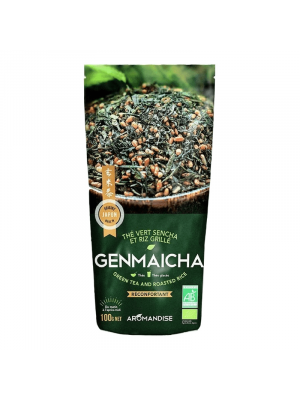
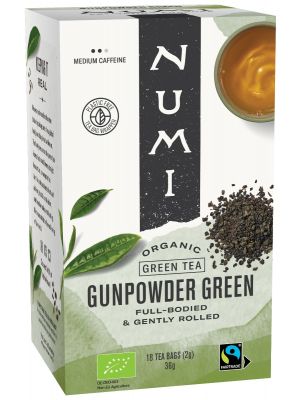
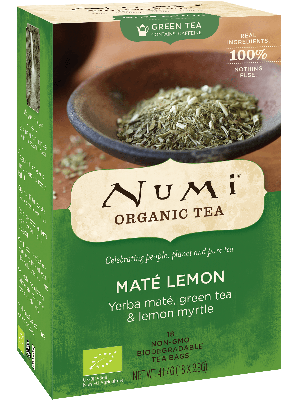
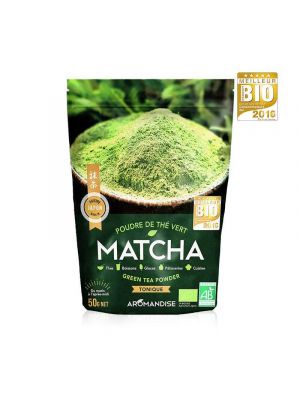
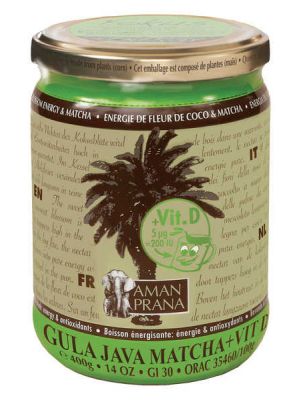
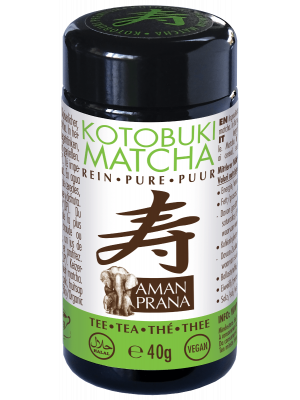
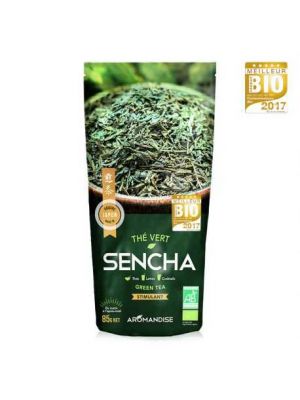
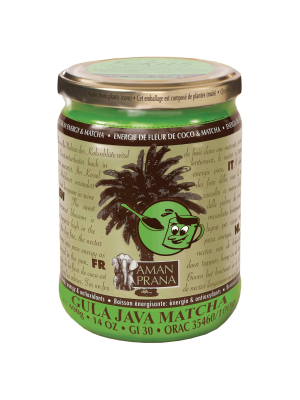
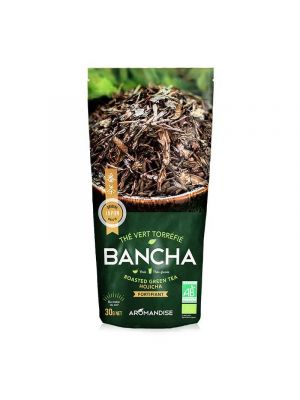
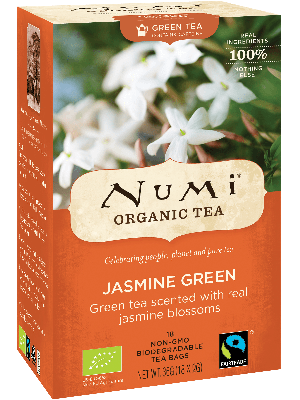
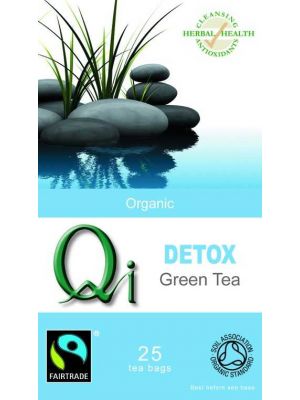
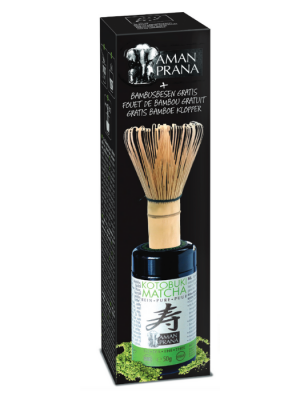
























The information below is required for social login
Sign In
Create New Account